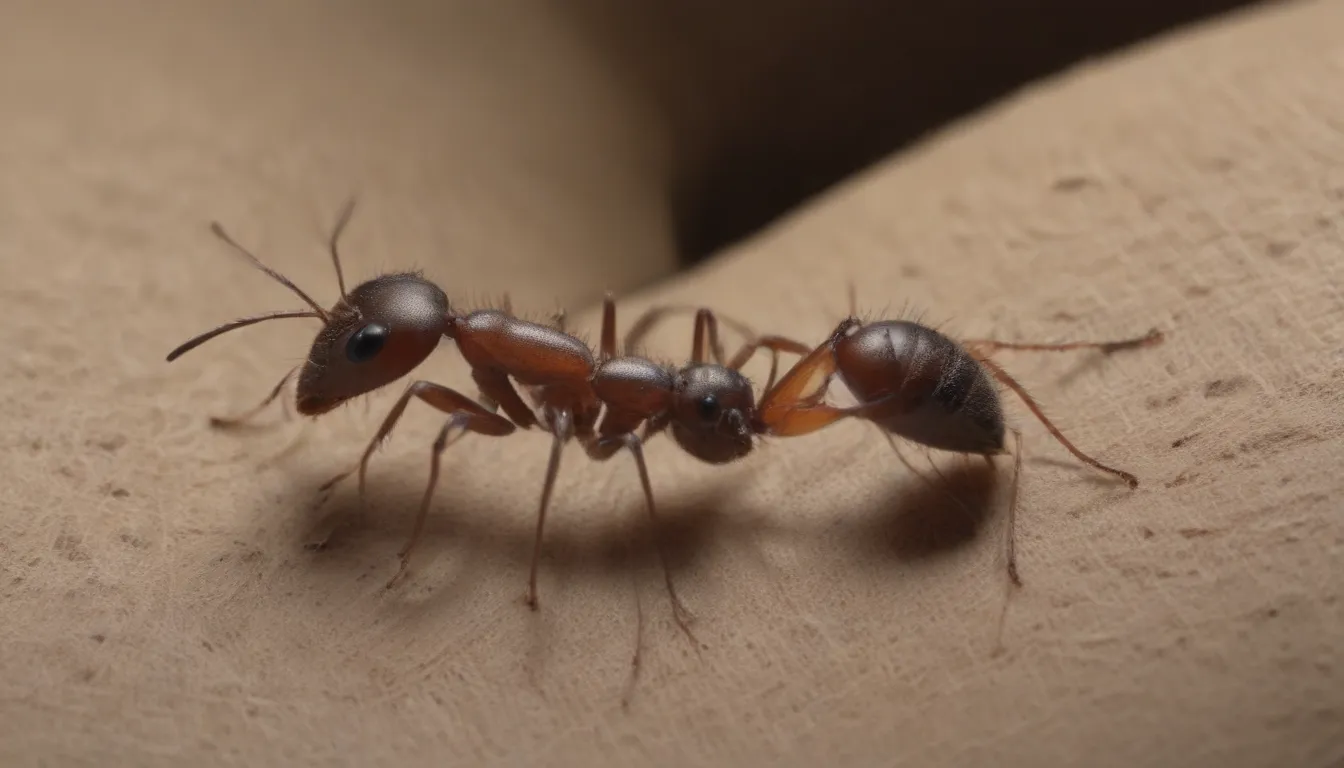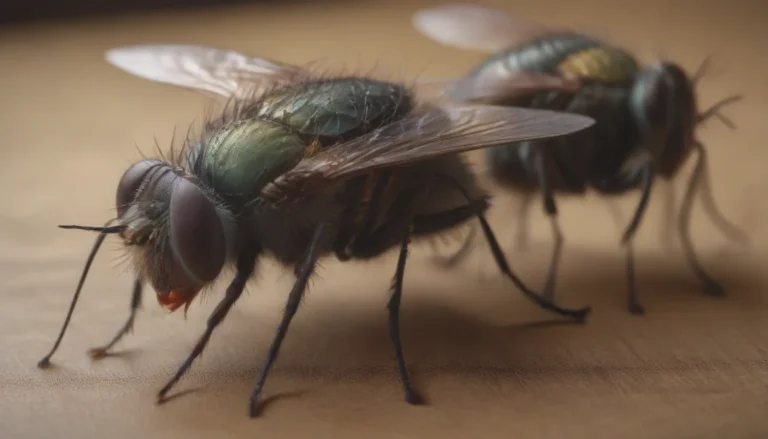A Comprehensive Guide to Identifying and Managing Ant Infestations in Your Home

Welcome to our in-depth guide on ant identification and management strategies! Ants are fascinating insects with over 1,000 species native to North America alone. While they play a crucial role in the ecosystem, they can become unwelcome guests in our homes, especially when they start trailing from the door to the kitchen in search of food. In this article, we will explore ten common types of ants you may encounter, along with effective strategies to get rid of them and prevent future infestations.
Understanding Common Types of Ants
- Black Garden Ant:
- This small, abundant ant primarily lives outdoors in landscaping and soil.
- They can enter homes for food sources, especially during the warm summer months.
-
Best control method: Spray entrance points with ant killer and use liquid bait traps.
-
Pavement Ants:
- Common in all 50 states, distinguished by two spines at the end of the thorax.
-
Avoid spraying indoor ants, as it will only kill workers and prompt foraging for more.
-
Fire Ants:
- Easily identified by their reddish-brown coloring, known for stinging bites.
-
Control methods include natural remedies to manage colonies effectively.
-
Carpenter Ants:
- Nest in moist, decaying wood and can expand into sound wood in homes.
-
Use multiple nesting sites, including parent and satellite colonies for control.
-
Odorous House Ants:
- Versatile in nesting locations, found under stones, logs, and inside homes.
-
Effective control involves targeting nesting areas with appropriate baiting methods.
-
Thief Ants or Grease Ants:
- Eliminate indoor nesting with baiting methods using greasy bait traps.
-
Place bait near the areas where ants have been spotted for optimal results.
-
Pharaoh Ants:
- Large colonies with multiple queens and thousands of workers.
-
Control involves addressing nesting sites and preventing colony expansion.
-
Ghost Ants:
- Mobile colonies with multiple queens and nests, challenging to control.
-
Similar control techniques to pharaoh ants are effective in managing ghost ant populations.
-
Argentine Ants:
- Colonies with numerous queens and workers, requiring comprehensive control measures.
-
Eliminate all ants within and outside buildings to prevent colony replacements.
-
Field Ants:
- Build mounds in lawns and nest in various outdoor locations like firewood piles.
- Implement control strategies to address mounds and outdoor nesting sites effectively.
Effective Ant Control Strategies
When it comes to managing ant infestations in your home, it’s essential to use targeted strategies for each type of ant you encounter. Here are some general tips to help you control and prevent ant problems:
- Maintain a Clean Environment:
- Keep your home clean and free of food crumbs or spills that may attract ants.
-
Seal food containers tightly and clean up pet food dishes regularly.
-
Seal Entry Points:
- Check for and seal any cracks or openings around doors, windows, and utility lines.
-
Use caulk or weather stripping to prevent ants from entering your home.
-
Remove Outdoor Nesting Sites:
- Trim vegetation away from your home and remove debris that may provide shelter for ants.
-
Keep firewood piles elevated and away from the house to deter nesting.
-
Use Ant Baits and Traps:
- Place ant baits near entry points or areas where ants are active to target colonies effectively.
- Set up ant traps in strategic locations to lure and eliminate ants.
Conclusion
In conclusion, understanding the common types of ants you may encounter in and around your home is the first step towards effective ant control. By implementing targeted strategies for each ant species and taking proactive measures to prevent infestations, you can maintain a pest-free environment. Remember to create a clean and inhospitable environment for ants, seal entry points, remove outdoor nesting sites, and utilize ant baits and traps for optimal control. With these tips, you can confidently manage ant infestations and enjoy a pest-free home environment. Stay informed and proactive in your approach to ant control for a happier and healthier living space.





